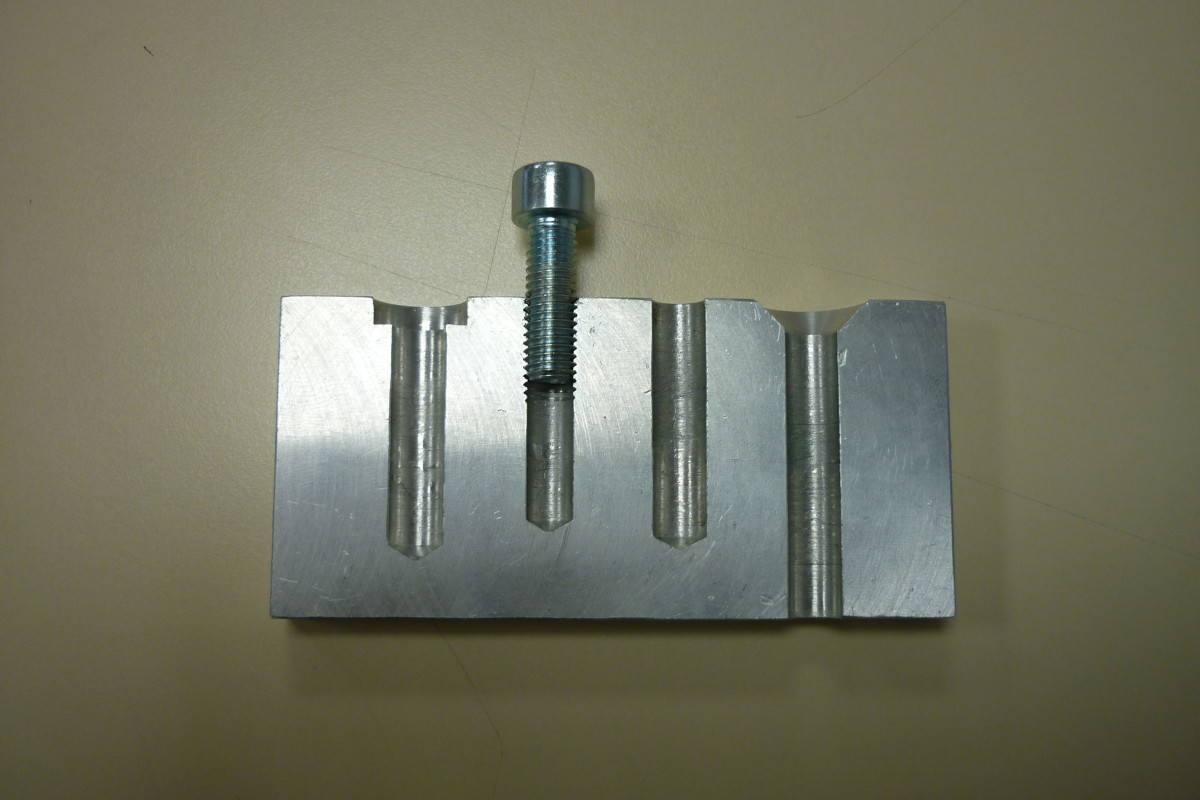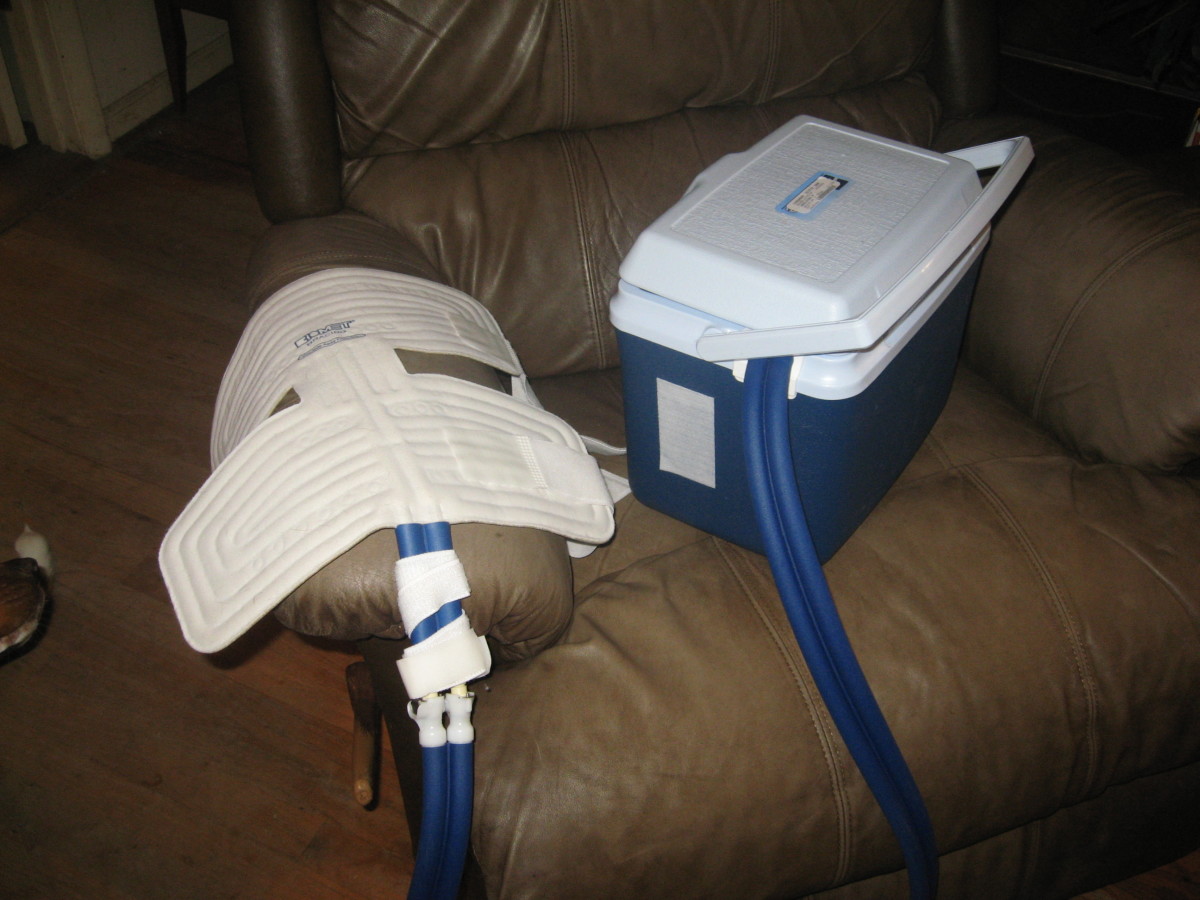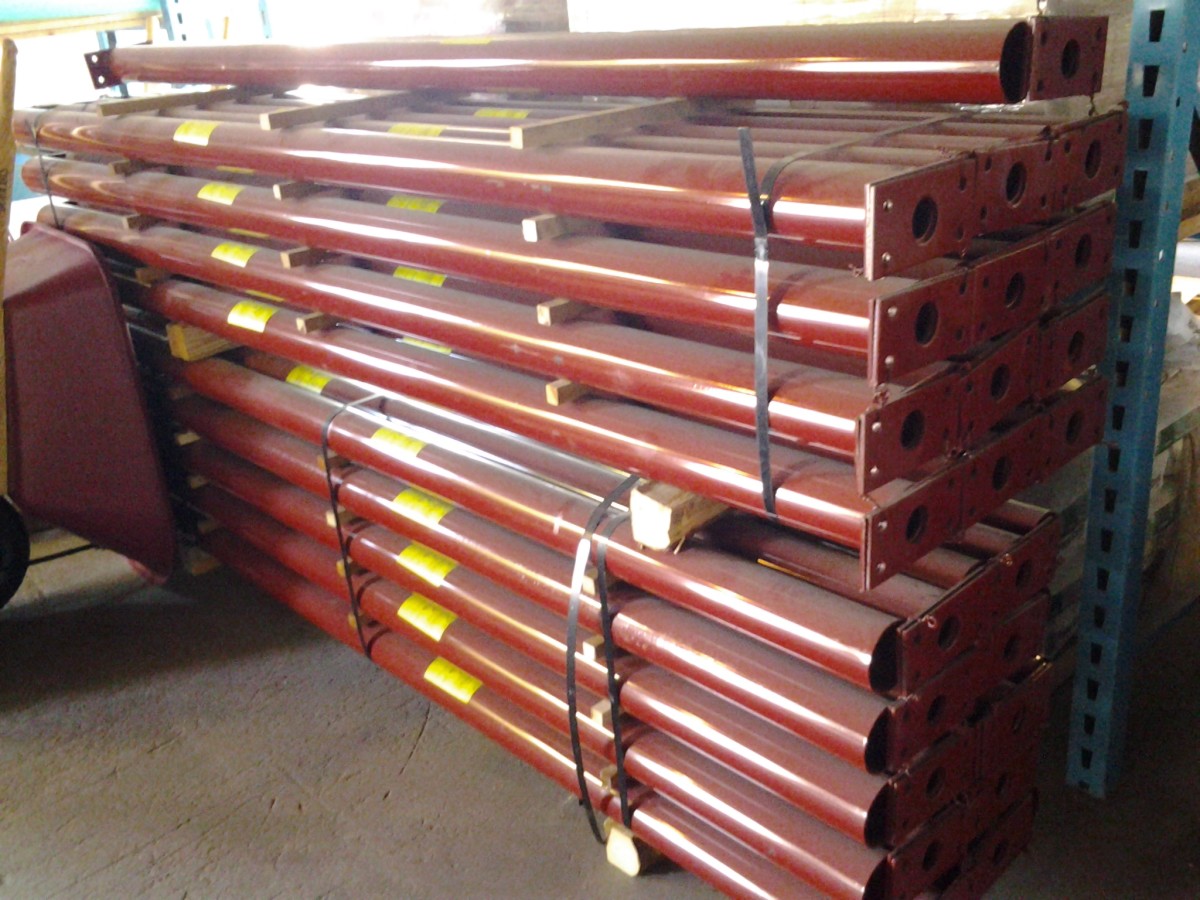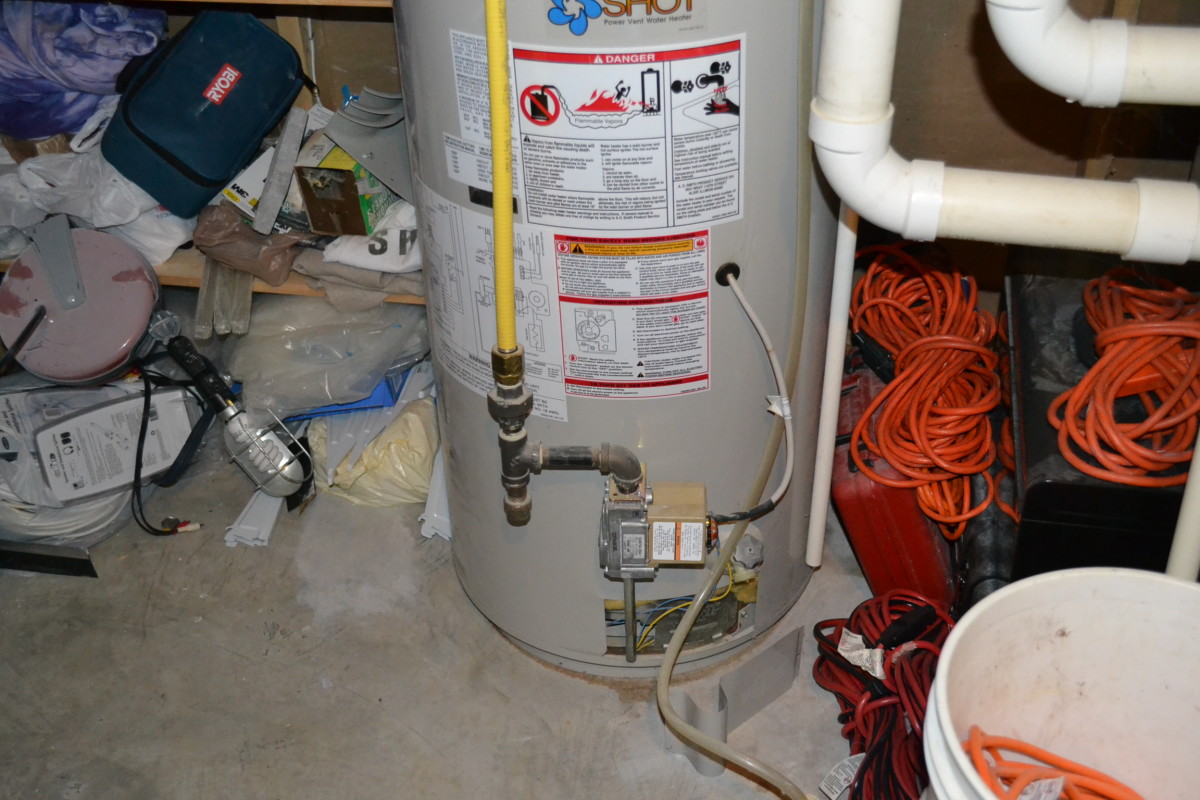Utility Damages - Hsg 47

First Actions - The day of the damage
Chances are you might have damaged an electric cable, gas or water pipe and now the utility company is threatening to charge you for the repair. You might have been digging footings for a new extension, clearing turf for a new driveway or simply doing gardening work. Either way, you've damaged a utility and there's a cost that comes with it.
If the company believes there is a possible damage once reported, they will send a team out (usually in under 3 hours) to assess the situation. it's best to take your own photos of the damage before they arrive for your own records, although they are likely to do this themselves once they arrive. Put a tape measure next to the utility to show the depth relative to ground level too but do not touch an electric cable with the tape measure.
If damage has been done then this is when you want to start paying attention. The team will begin works to repair the damaged utility and will likely do excavations round or close to the damage so a repair can be made. In rare cases you may be asked to complete these excavations yourself in order to keep your costs low. Be aware that you do not have to do this. Operatives only ask this if they believe you are competent enough to undertake these works but it will bring the overall repair costs down.
Depending on the scale of the repair further teams may be needed. Try to keep track of how long they stay on site and how many people are there. In most cases all the operatives and their time are required to complete the works but once it gets down to counting the pennies your records can be a valuable tool.

Main points of a claim
Once the repair has been completed, the utility company will then begin an investigation to see if they can recover the cost of repair from you. The main things that they will consider is:
- The depth of their equipment
- When their equipment was installed
- If there were any markers above their equipment
- Was it where their plans said it was
If they do decide they will be going ahead and seeking to recover the costs from you, these are also points you can raise in your defence. This is why taking photos (before the repair begins) is important and can be used as evidence.
I'll be going through each of these points and how they can be used by the utility company and you to make a case.
Depth
This is often the biggest issues raised by the party who damages the cable. The argument regularly raised is that the gas service is too shallow, the electric cable rises up and it's too shallow, the water pipe is directly under the tarmac or grass and... you guessed it - it's too shallow. There is one big issue with this argument and you're not going to like it but first off I've put together a list of recommended minimum utility depths below.
- Water - 750mm
- Electric - 450mm
- Gas - 375mm
It should be noted that these are the recommended depths if the equipment was installed today. Since we've been using all of these for many years, the standards have changed a lot along the way.
So let's get to the bad news - there is no statutory depths for any of these utilities. HSG 47 states in big bold letters that you should "never assume depths; pipes/cables may be found at shallower depths. Responding to the utility company's claims with depth issues is likely to meet a barrage of excuses with this being the main one. Others include changes of ground level, other utilities or contractors working in the area, change of use of the land and whenever the utility was installed originally.
From past experience, unless the pipe or cable is less than 150-200mm then they will not entertain this argument.
Date of Installation
I won't spend much time on this one but although it doesn't seem like a big issue, it effects the other points in a big way. If a cable has been in the ground for 50+ years, there's a good chance the ground level might have changed in that time and therefore your argument regarding shallow depth gets thrown out straight away.
As I'll talk about more in the next point, the date of installation also plays a big factor when arguing a lack of marker or tile tape above the utility to warn you of it's presence.
Markers
You might expect that utilities would put down some kind of warning above their cable to make sure people don't go digging through them. In a way you'd be right but this would only be for any utilities installed after January 2003. As stated before, utilities have been in the ground for many years before regulations and safety standards finally caught up.
If the utility you damaged didn't have any marker/tile tape, concrete markers or marker plates or posts then it's definitely worth asking them when it was installed. It was installed after January 2003 then this could be a massive help to dismissing the claim completely. Unfortunately if it was before then, your point will likely be dismissed by quoting this regulation.

Accuracy of Plans
Utility companies expect that as part of your works you would have requested plans from them to show where cables and pipes are laid. This is only if you expect to be working within the vicinity of underground utilities so tasks like gardening are outside of these expectations. Bigger works like digging footings would fall into this and they make ask for a copy of the plans you used. If the utility isn't shown at all or is greatly different from what they show, you can use this in your argument to show you took steps to avoid the damage.
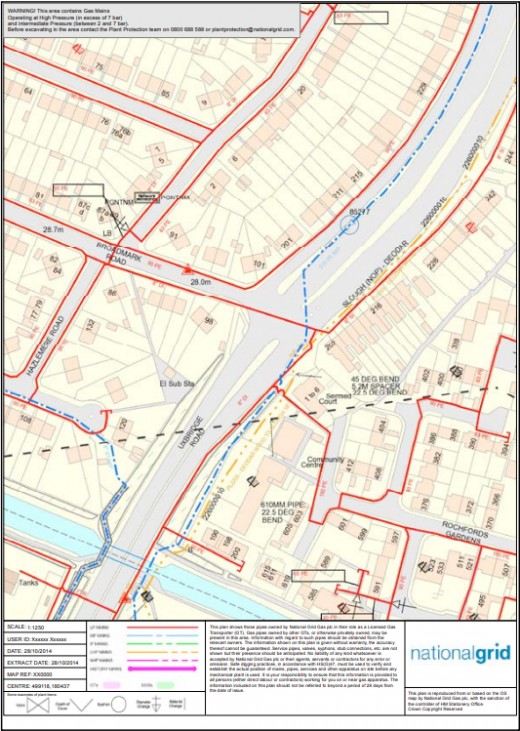
HSG 47
As per the diamgram below, HSG 47 outlines steps you should take prior to and during any excavation works where you might reasonably come into contact with utilities. The companies will use this as a basis for showing you were negligent in your works and are therefore liable for the cost of repair. The main things they would look for is that you requested plans of the area, you dug trail holes, you use cable locating equipment and that you hang dug around the cable until it was fully exposed. Without following all of these steps, you are opened up to now following these heath a safety guidelines and it will likely be used against you in their argument.
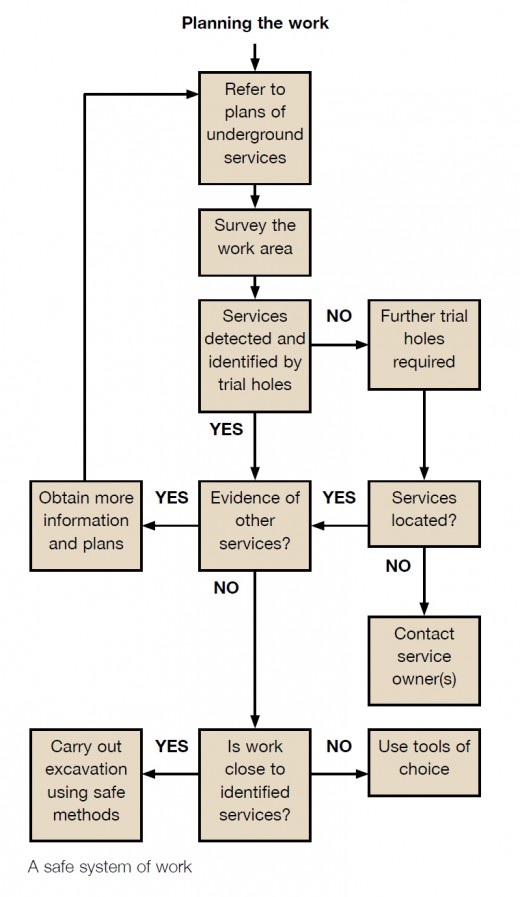
And there we have it, all the common ways you can fight a bill after damaging a utility. This article covers these main points but there are also many other factors which can influence a claim so I would always advise that you seek legal advice either from your insurers (Many home insurers cover accidental utility strikes) or a solicitors. I hope I could provide some help and remember to stay safe, no matter where you're working.


